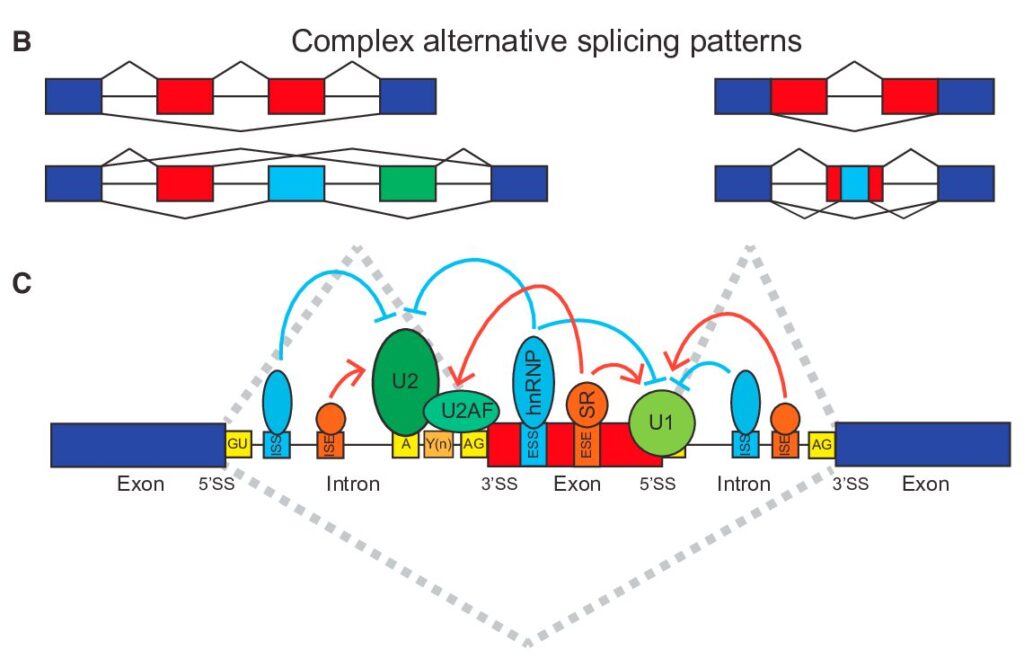Tag: Alternative Splicing Analysis
-

How to Analyze RNAseq Data for Absolute Beginners Part 11: Mastering Transcript-Level Alternative Splicing Analysis
Video Tutorial From Gene-Level to Transcript-Level Analysis In our previous exploration of gene-level splicing analysis, we laid the groundwork for understanding how alternative splicing shapes gene expression. Now, we’re taking a deeper dive into the fascinating world of transcript-level analysis, where we can uncover the intricate details of how genes produce different protein variants through…
//
-

How to Analyze RNAseq Data for Absolute Beginners Part 8: Alternative Splicing Analysis
Video Tutorial Introduction The human genome harbors an elegant solution to the challenge of biological complexity. Through alternative splicing (AS), a single gene can orchestrate the production of multiple protein variants, much like a composer creating different melodies from the same set of musical notes. This remarkable mechanism serves as nature’s way of expanding our…
//
Search
Categories
- bulk RNA-seq (20)
- chromatin accessibility (10)
- Database (2)
- Epigenetics (10)
- HPC (2)
- Metagenomics (1)
- Scientific Programming (2)
- Transcriptomics (21)
Recent Posts
- The Complete Guide to NGS Data Types and Formats: From Raw Reads to Analysis-Ready Files
- How To Analyze CUT&RUN/Tag Data For Absolute Beginners: From FASTQ to Peaks
- How To Analyze ATAC-seq Data For Absolute Beginners Part 4: ATAC-seq and RNA-seq Integration
- How To Analyze ATAC-seq Data For Absolute Beginners Part 3: Footprinting Analysis
Tags
Adapter Trimming Alternative Splicing Analysis ATAC-seq BAM ChIP-seq chromatin accessibility Conda Environment Setting Count DESeq2 Differential Expression edgeR FASTQ gene expression Gene Expression Quantification HOMER HPC Isoform limma MACS2 miRNA miRNA-seq Normalization PCA peak calling R Reads Mapping RNAseq analysis RNAseq analysis for beginners RStudio Transcript



